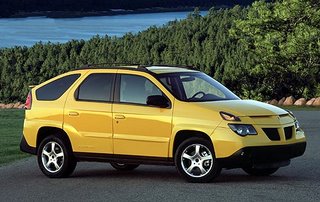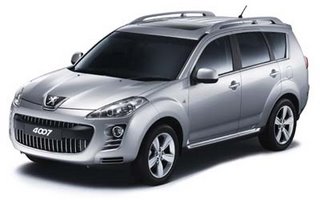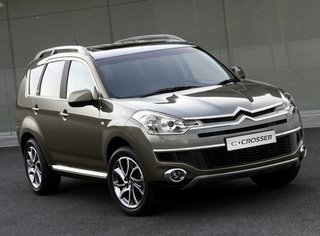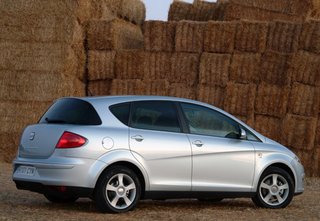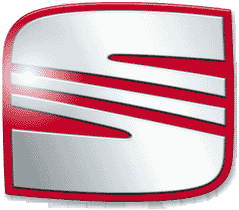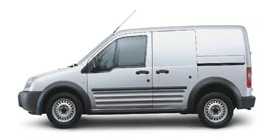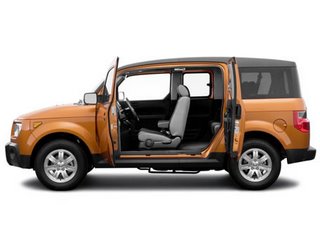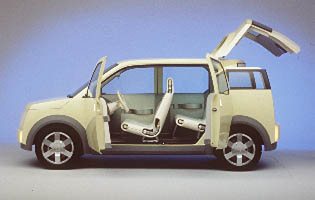
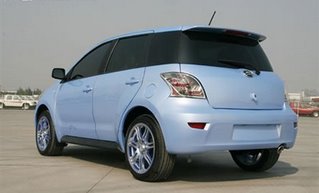

Looking forward to 2007
The Chinese are coming
On all fronts... Daimler Chrysler have just announced their agreement with Chery for production of an un-named car, probably the Dodge Hornet, for the NAFTA territories and Western Europe, Great Wall (Changcheng) have a European dealer network in place for the trio shown here - Perey, Florid, and Coolbear - Cool names apart from Florid which suggests to the Anglophone high blood pressure or the effect of sustained alcohol abuse.
In the UK the established manufacturers are likely to put up the same sort of barricades against the onslaught as they did when Daewoo first entered the market. Franchised dealers could well be forbidden to take on Chinese makes or even accept cars in trade-ins, but the world has moved on since 1994, with car supermarkets now the key players in moving metal. The attraction here must be potential profits - if the products are as cheap as is rumoured they could be sold at £2000 less than an equivalent Fiesta, Yaris, or Micra, and still provide a healthy profit by comparison with the wafer-thin margins the European or Japanese products offer.
Threatened species
Saab
It's becoming evident that Saab is at best an irrelevance, and at worst an embarrassment, to GM's grand scheme. Is there no Scandinavian entrepreneur out there ready to make an offer to allow "The Swedish Patient" to fly free from its uncomprehending American master and recover its true identity?
What's not to like about a car manufacturer producing fewer than 100,000 cars a year which understands its history and ethos and the aspirations of its customers. At that sort of volume they could practically know them by their first names. Such a company would have to rely on other manufacturers for key components, but it was very much in the Saab tradition to get by with a little help from their friends. Imagine what a newly independent Saab could achieve with Subaru or Toyota as a 'technology partner' Let?s hope something happens while some of us can still remember what Saab once stood for.
Seat
What's the possibility of a local consortium buying Seat from VW and, possibly with the support of a far eastern manufacturer, setting up a stylish good-value alternative to the Koreans and lower-league Europeans and Japanese?
Smart
Could there be a worse keeper for the Smart brand than DaimlerChrysler?
Probably not on the strength of recent history. The promising but overpriced roadster is dropped after two years for no reason other than the feeling that three products in the range is too many and Daimler Chrysler can't afford to step away from the agreement made with Mitsubishi to supply the ForFour. Then they drop the ForFour anyway. The new ForTwo is launched and is near-indistinguishable from the ten year old one.
So where will Smart's salvation be found? In the USA, according to DC, although the rest of us would think it hardly the most auspicious territory for a sub 1 litre 2.5m long two seater.
So much of Smart's promise still remains. Let's hope DaimlerChrysler see the sense in disposing of Smart to a manufacturer who could make something of it, rather than let the venture disappear into oblivion, saddled with failure.
More hopes for the New Year follow...
